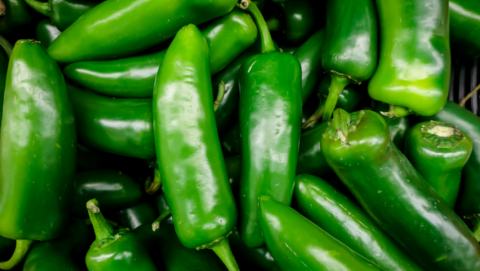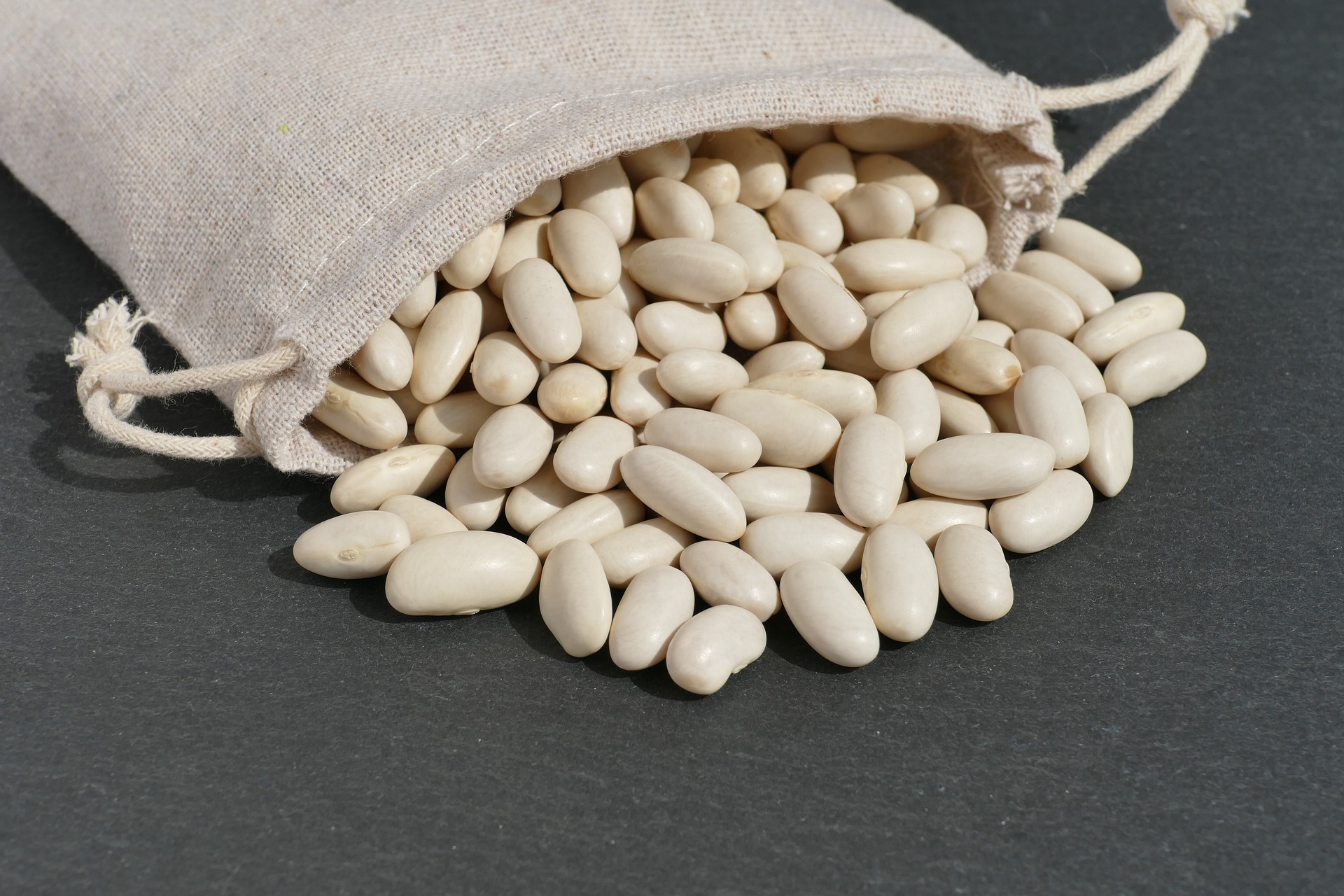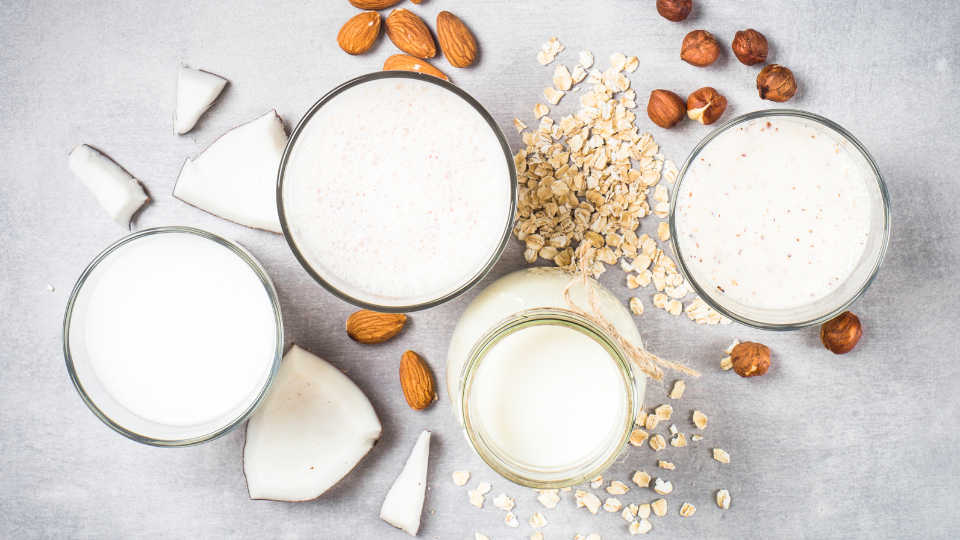Fruit and Vegetable Guide Series: Jalapeno

Utah Local Fresh Season: Available in local grocery stores year-round.
Availability: Jalapeños, also called chili peppers, are available year-round. In the United States they are grown in California, New Mexico and Texas.
Eating: Jalapeños are very hot, with an immediate bite. They are sold canned, sliced, and pickled and are added to many products during processing, including sausage, cheese, and jelly.
Purchasing and Selecting: Jalapeños are most often green when mature but can sometimes be red. Jalapeño peppers are usually about 2 inches in length with cracks around their stems. When selecting, look for firm, glossy chilies with taut, unwrinkled skin and fresh green stems. Dried hot peppers should be glossy yet unbroken.
 Cleaning and Preparing: Clean peppers when you are ready to use them. Rinse with cold running water. If the pepper has been waxed, you should also scrub it well. Do not touch your nose, eyes or mouth after handling hot peppers. If you do, flush with water immediately. Wear thin rubber gloves while preparing jalapeño peppers when possible. When done working with chilies, wash hands thoroughly with soap and water.
Cleaning and Preparing: Clean peppers when you are ready to use them. Rinse with cold running water. If the pepper has been waxed, you should also scrub it well. Do not touch your nose, eyes or mouth after handling hot peppers. If you do, flush with water immediately. Wear thin rubber gloves while preparing jalapeño peppers when possible. When done working with chilies, wash hands thoroughly with soap and water.
To decrease the heat intensity, wash chilies, cut them open and remove the seeds and veins. Soaking cut chilies in salt water for at least an hour will help tame the bite as well.
Storing: Jalapeño chilies should remain unwashed and stored wrapped in paper towels in the refrigerator. They will last this way for up to 3 weeks. Store dried chilies in airtight containers at room temperature for a maximum of 4 months. Store dried chilies for more than 4 months in the refrigerator.
Cooking: To add a mild pepper flavor to dishes, poke holes in the jalapeños with a toothpick (or cut slits in it) and add it to a food that is already cooking. When cooking is complete, remove the chili from the dish. Jalapeño chilies can be roasted whole over a stove, broiler, or on a grill. Turn frequently until chili’s skin is blackened. After cooking is completed, place chilies in a paper or plastic bag for 15 minutes. Scrape off skin, cut off stem and pull out the core. Scrape out any remaining seeds.
Preparing Dried Jalapeños: Use a damp cloth to wipe peppers. Grind jalapeño chilies in a food processor for use as chili powder. To soften their texture and make a milder flavor, soak chili peppers in water prior to using.
Nutrition Highlights: Jalapeño chilies are an excellent source of vitamin C. They are also a source of dietary fiber, vitamin A, calcium and iron.
Growing: Start jalapeños from seeds, indoors, in late winter. Move plants into the garden in the spring once the soil and air have warmed. The plants will not tolerate frost and grow best in well drained, fertile soil. Raised beds, black plastic mulch and floating row covers may be used to warm and drain the soil. Jalapeños average approximately 70 days from planting to harvest.
Preserving Jalapeños: Jalapeños can be frozen, canned, or dried. For more information see the National Center for home food preservation website: https://nchfp.uga.edu/
References
- https://nchfp.uga.edu/how/can_04/peppers.html
- https://fruitsandveggies.org/fruits-and-veggies/jalapeno-peppers/
- http://apps.nccd.cdc.gov/dnparecipe/recipesearc h.aspx
- https://web.extension.illinois.edu/veggies/peppers.cfm
Amanda H. Christensen, Extension Professor
Guide Editors: Heidi LeBlanc and Debra Christofferson
Additional Editors: Marie Stosich, Gayla Johnson, Eileen Milligan
*This publication is a part of a series created by Create Better Health and Utah State Extension Employees. It has been reviewed and updated to include current evidence-based research and recommendations.
Related Nutrition Articles






